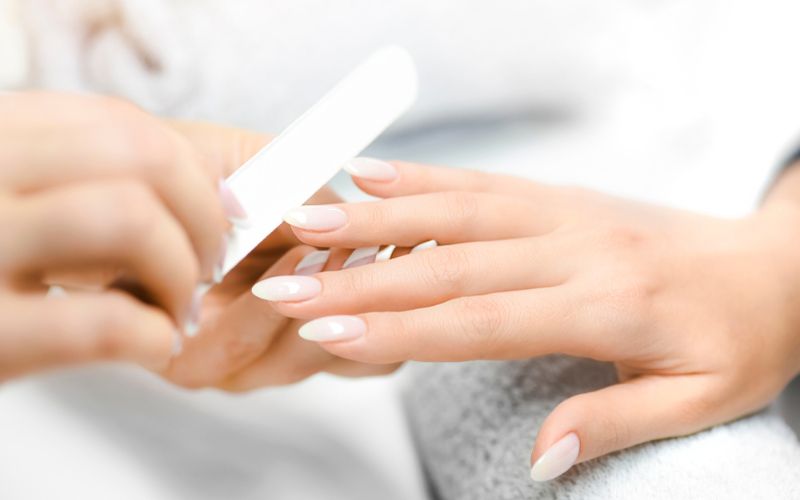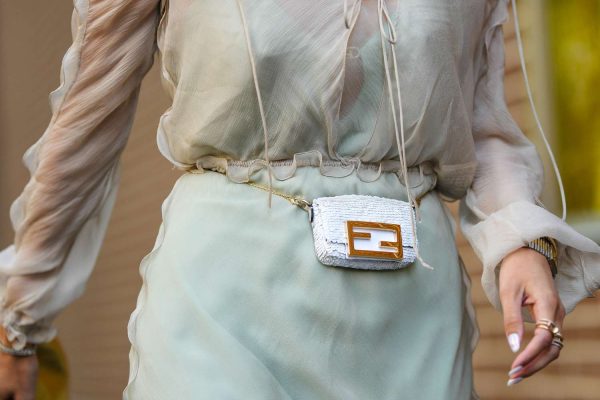The allure of beautifully manicured nails is undeniably enticing, drawing individuals to salons and spa in mirdif for expertly executed nail care. However, in pursuing nail aesthetics, it is crucial to prioritise safety and hygiene. The significance of maintaining stringent safety measures during manicure and pedicure of men or women cannot be overstated. This comprehensive exploration will explore the essential practices that ensure a safe and hygienic manicure experience, protecting the client and the nail care professional.
Sterilisation and Disinfection Protocols:
- Tools and Instruments:
The cornerstone of manicure safety lies in thoroughly sterilising tools and instruments. Metal implements, such as nail clippers, cuticle nippers, and nail files, should be cleaned using hospital-grade disinfectants. Autoclaving, a method that employs steam under pressure, is highly effective in eliminating bacteria, viruses, and fungi from metal tools.
- Non-Metal Tools:
For non-metal tools like orangewood sticks and brushes, single-use or disposable options are preferred to eliminate the risk of cross-contamination. If reusable, these items should be properly cleaned and sanitised between clients.
- Work Surfaces and Equipment:
Disinfection extends beyond tools to include work surfaces, chairs, and other equipment in the gent hair salon. Using appropriate disinfectants on these surfaces minimises the risk of spreading infections.
Hand Hygiene:
- Thorough Handwashing:
Before every manicure session, nail technicians must thoroughly handwash using antibacterial soap. This basic yet effective practice is the first defence against transmitting bacteria and viruses.
- Glove Usage:
Wearing disposable gloves is a standard practice to prevent direct contact between the technician’s hands and the client’s nails or skin. Gloves should be changed between clients, ensuring a fresh and sterile barrier.
Client Safety and Communication:
- Allergy and Sensitivity Checks:
Before any pedicure and manicure for men and women, nail technicians should inquire about client allergies or sensitivities to specific products. This information ensures the use of suitable and non-irritating products during the session.
- Infection Monitoring:
Technicians must monitor clients for signs of nail infections or skin conditions. Any suspicious symptoms should be addressed promptly, and if necessary, the client should be advised to seek medical attention before undergoing a manicure.
- Education on Aftercare:
Educating clients on proper aftercare practices is crucial for sustaining the benefits of a manicure while minimising the risk of infection. Recommendations include avoiding excessive water exposure, using cuticle oils, and maintaining overall nail health.
Safe Product Usage:
- High-Quality Products:
The choice of nail polishes, gels, and other products significantly impacts the safety of a manicure. Opting for reputable brands that prioritise using safe and non-toxic ingredients is essential.
- Adherence to Instructions:
Nail technicians must strictly adhere to product instructions and guidelines. Overexposure to certain chemicals, especially through incorrect application or prolonged exposure, can pose risks to the client and the technician.
Ongoing Training and Certification:
- Continual Education:
Staying updated on the latest safety and hygiene practices is imperative in the rapidly evolving beauty industry. Nail technicians should engage in ongoing education to enhance their skills and stay informed about emerging trends and safety protocols.
- Certification and Compliance:
Regulatory bodies often provide certification for nail technicians committed to safety and hygiene standards. Compliance with these certifications elevates the technician’s professionalism and ensures a safer client environment.
- Feedback Mechanisms:
Establishing a feedback mechanism from clients and staff contributes to improving safety practices. Clients should feel encouraged to communicate hygiene concerns, and staff should be empowered to raise issues or suggest improvements.
- Emergency Preparedness:
Nail technicians should be well-versed in emergency preparedness, including the appropriate response to accidental cuts or injuries. A well-equipped first aid kit and knowing the proper procedures for addressing minor incidents ensures a swift and effective response.
Client Comfort and Experience:
- Comfortable Seating and Ergonomics:
Ensuring clients are comfortably seated during their manicures enhances the overall experience and minimises the risk of discomfort or injury. Ergonomically designed furniture contributes to a safe and pleasant environment.
- Communication on Expectations:
Clear communication with clients regarding the manicure process, the products used, and any potential sensations they might experience fosters trust and transparency. This open dialogue allows clients to voice concerns and enables technicians to address them effectively.
- Relaxing Atmosphere:
Creating a relaxing and stress-free atmosphere contributes to overall client well-being. Comfortable lighting, soothing music, and pleasant scents enhance the manicure experience while promoting a sense of calm.
Sustainability and Environmental Responsibility:
- 1. Eco-Friendly Practices:
In addition to safety and hygiene, the beauty industry is increasingly embracing sustainability. Choosing eco-friendly and cruelty-free products aligns with a broader commitment to environmental responsibility, contributing to a healthier planet.
- Reducing Single-Use Waste:
Minimising single-use items, such as disposable files and gloves, reduces the environmental impact of salon practices. Implementing reusable or biodegradable alternatives where possible reflects a dedication to sustainable beauty practices.
Continuous Industry Evolution:
The beauty industry is dynamic, with trends and technologies evolving rapidly. Embracing technological advancements, such as touchless payment systems and online booking platforms, not only enhances convenience for clients but also contributes to a safer and more hygienic salon experience.





